Cells, Free Full-Text
Por um escritor misterioso
Descrição
The neurovascular unit (NVU) is a conceptual framework that has been proposed to better explain the relationships between the neural cells and blood vessels in the human brain, focused mainly on the brain gray matter. The major components of the NVU are the neurons, astrocytes (astroglia), microvessels, pericytes, and microglia. In addition, we believe that oligodendrocytes should also be included as an indispensable component of the NVU in the white matter. Of all these components, astrocytes in particular have attracted the interest of researchers because of their unique anatomical location; these cells are interposed between the neurons and the microvessels of the brain. Their location suggests that astrocytes might regulate the cerebral blood flow (CBF) in response to neuronal activity, so as to ensure an adequate supply of glucose and oxygen to meet the metabolic demands of the neurons. In fact, the adult human brain, which accounts for only 2% of the entire body weight, consumes approximately 20–25% of the total amount of glucose and oxygen consumed by the whole body. The brain needs a continuous supply of these essential energy sources through the CBF, because there are practically no stores of glucose or oxygen in the brain; both acute and chronic cessation of CBF can adversely affect brain functions. In addition, another important putative function of the NVU is the elimination of heat and waste materials produced by neuronal activity. Recent evidence suggests that astrocytes play pivotal roles not only in supplying glucose, but also fatty acids and amino acids to neurons. Loss of astrocytic support can be expected to lead to malfunction of the NVU as a whole, which underlies numerous neurological disorders. In this review, we shall focus on historical and recent findings with regard to the metabolic contributions of astrocytes in the NVU.

Scheme of cell free cloning using DMF. ( A ) The full length construct

Rapid cell-free characterization of multi-subunit CRISPR effectors and transposons - ScienceDirect

The emerging impact of cell-free chemical biosynthesis - ScienceDirect
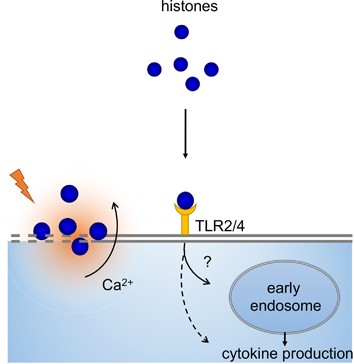
Extracellular histones, cell-free DNA, or nucleosomes: differences in immunostimulation
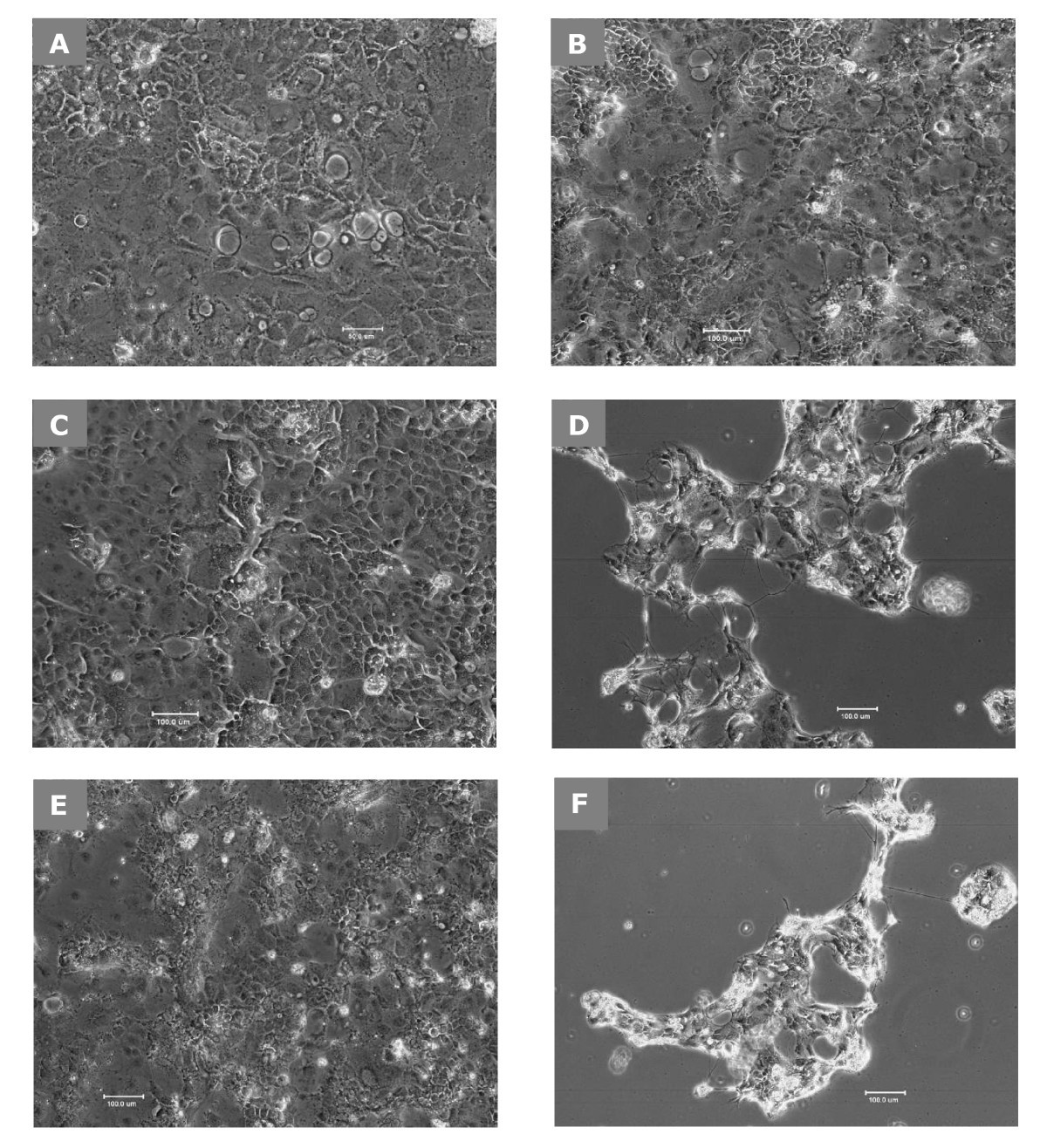
Lactobacillus delbrueckii ssp. bulgaricus B-30892 can inhibit cytotoxic effects and adhesion of pathogenic Clostridium difficile to Caco-2 cells, Gut Pathogens

Nature Reviews Molecular Cell Biology on X: From May cover Challenges and directions in studying cell–cell communication by #ExtracellularVesicles @DaveCarter1234 @guillaume_niel @VaderPieter Clayton Lambert & Raposo #EVsAreCool FREE pdf: https
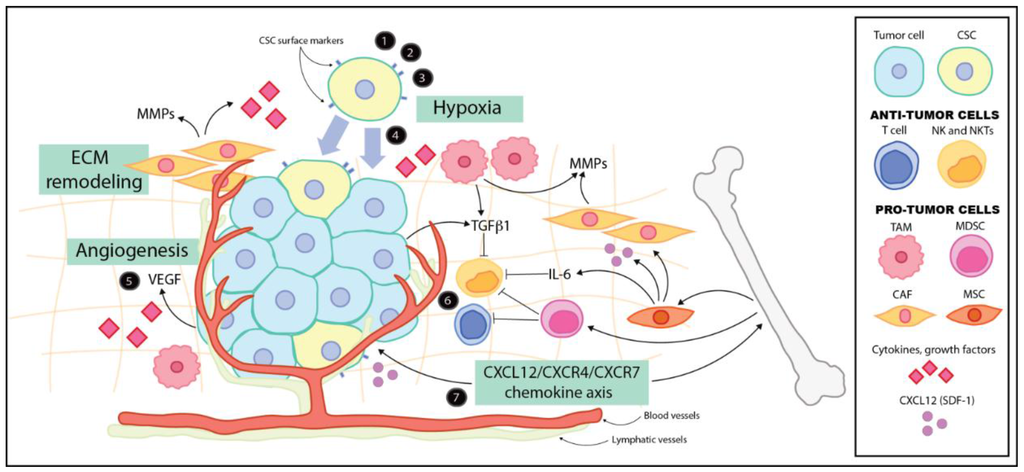
Cancers, Free Full-Text
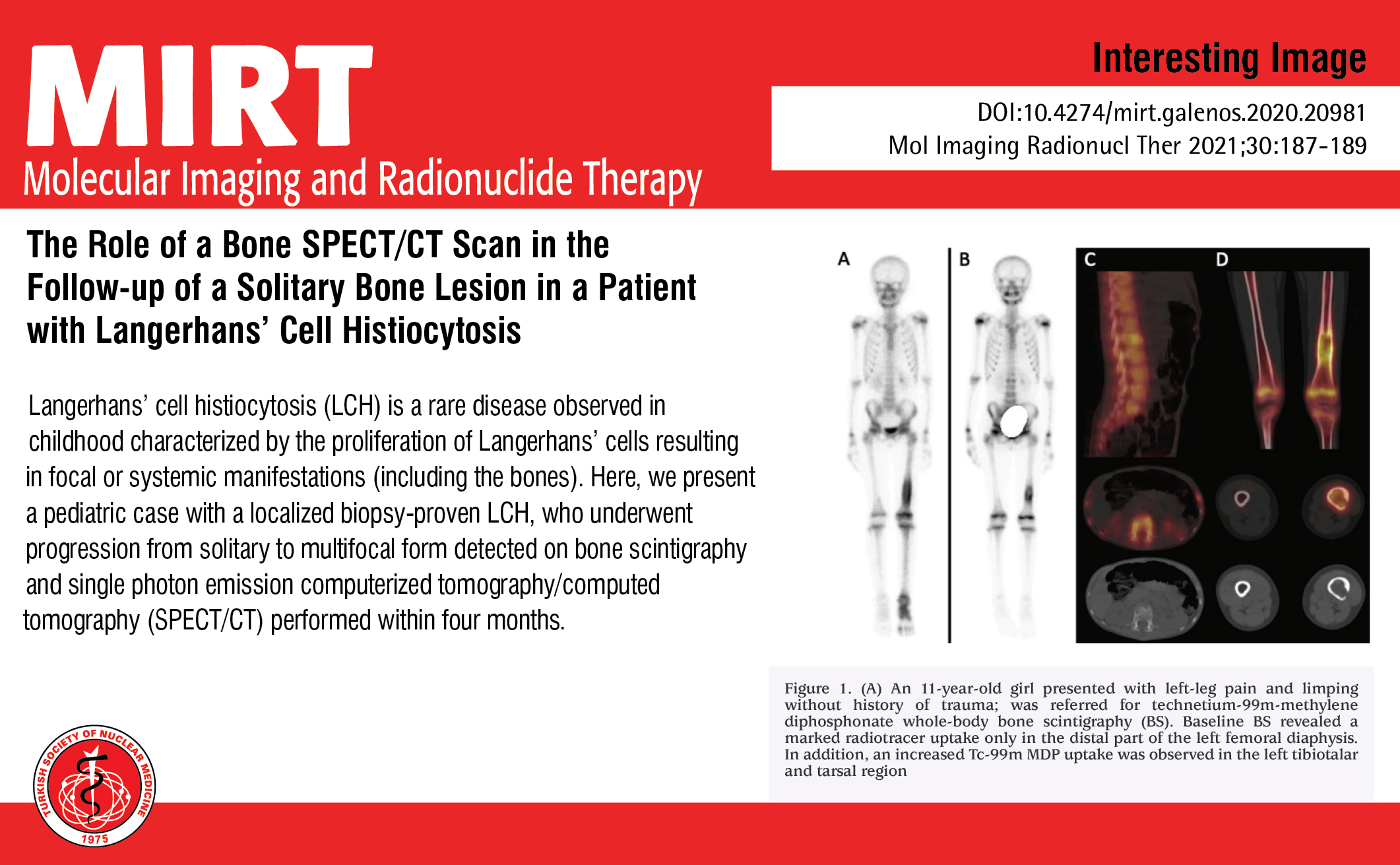
Mol Imaging Radionucl Ther on X: The Role of a Bone SPECT/CT Scan in the Follow-up of a Solitary Bone Lesion in a Patient with Langerhans' Cell Histiocytosis You can see the
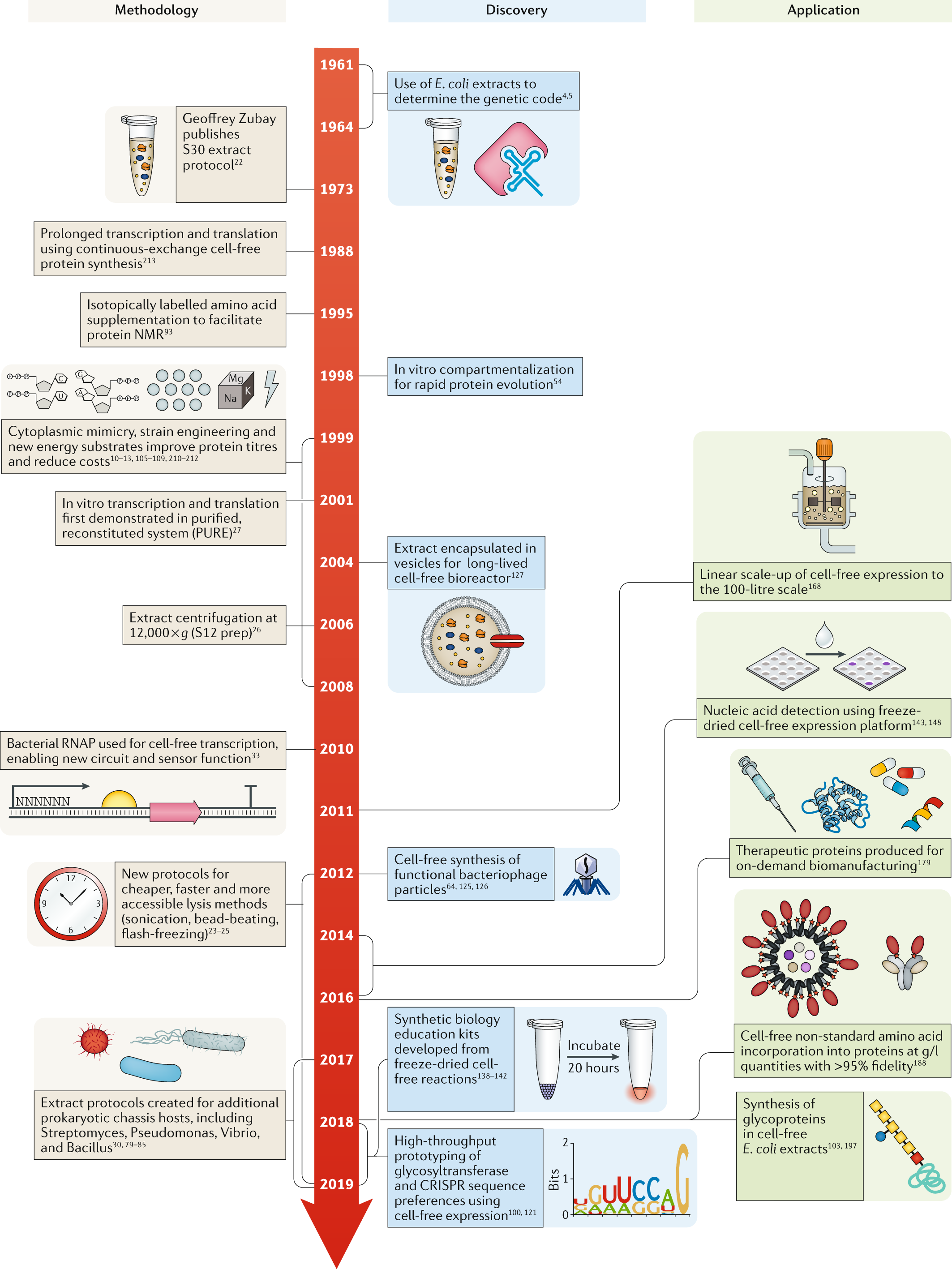
Cell-free gene expression: an expanded repertoire of applications

Cell-Free Synthetic Biology for Pathway Prototyping - ScienceDirect
Cell-free synthesis of human interferon. - Abstract - Europe PMC
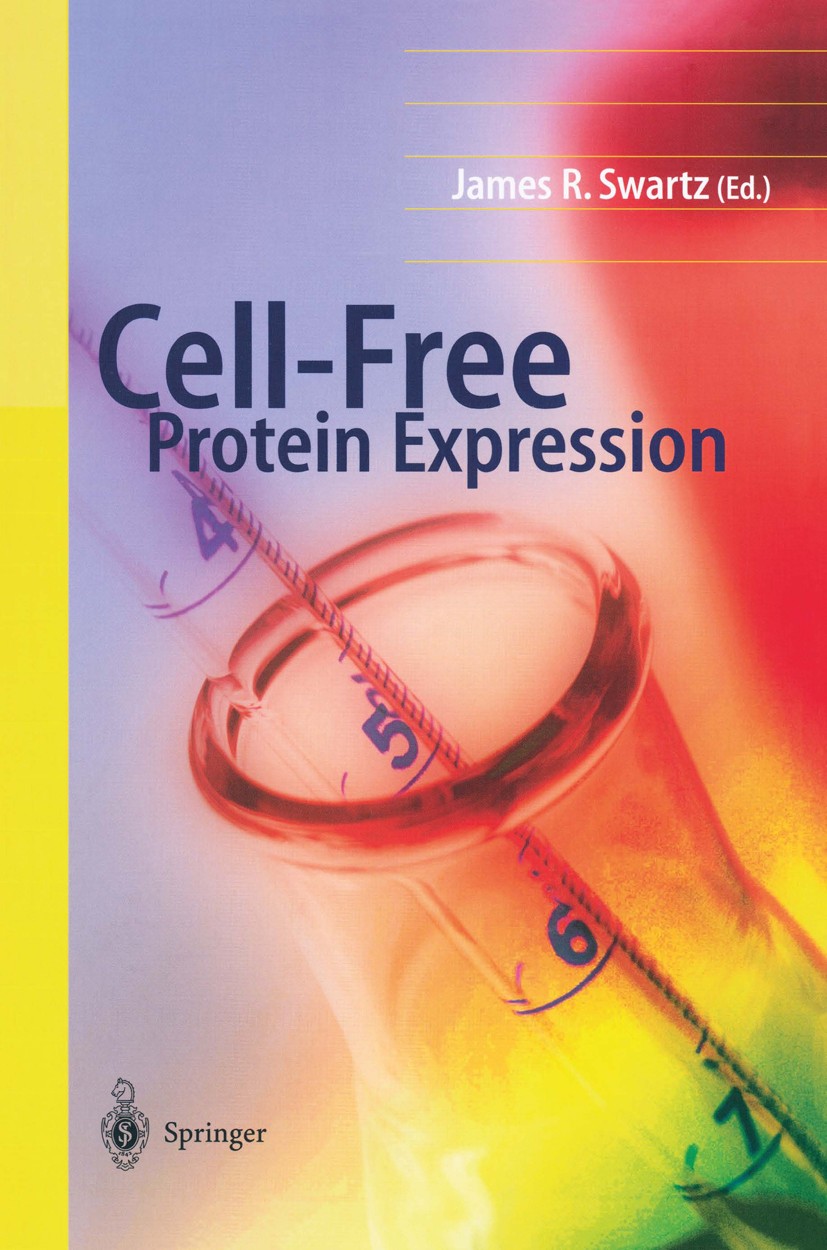
Cell-Free Protein Expression
de
por adulto (o preço varia de acordo com o tamanho do grupo)
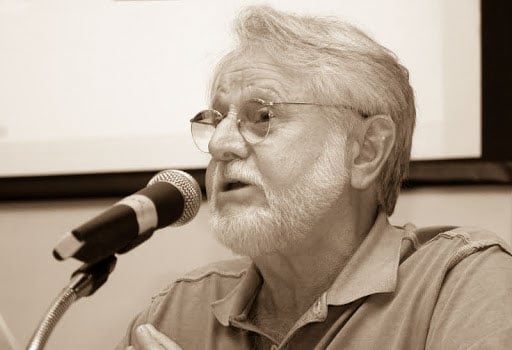



:strip_icc()/i.s3.glbimg.com/v1/AUTH_08fbf48bc0524877943fe86e43087e7a/internal_photos/bs/2020/B/2/2EMep0S7mndvTGOZ01KQ/lembrancas.png)

